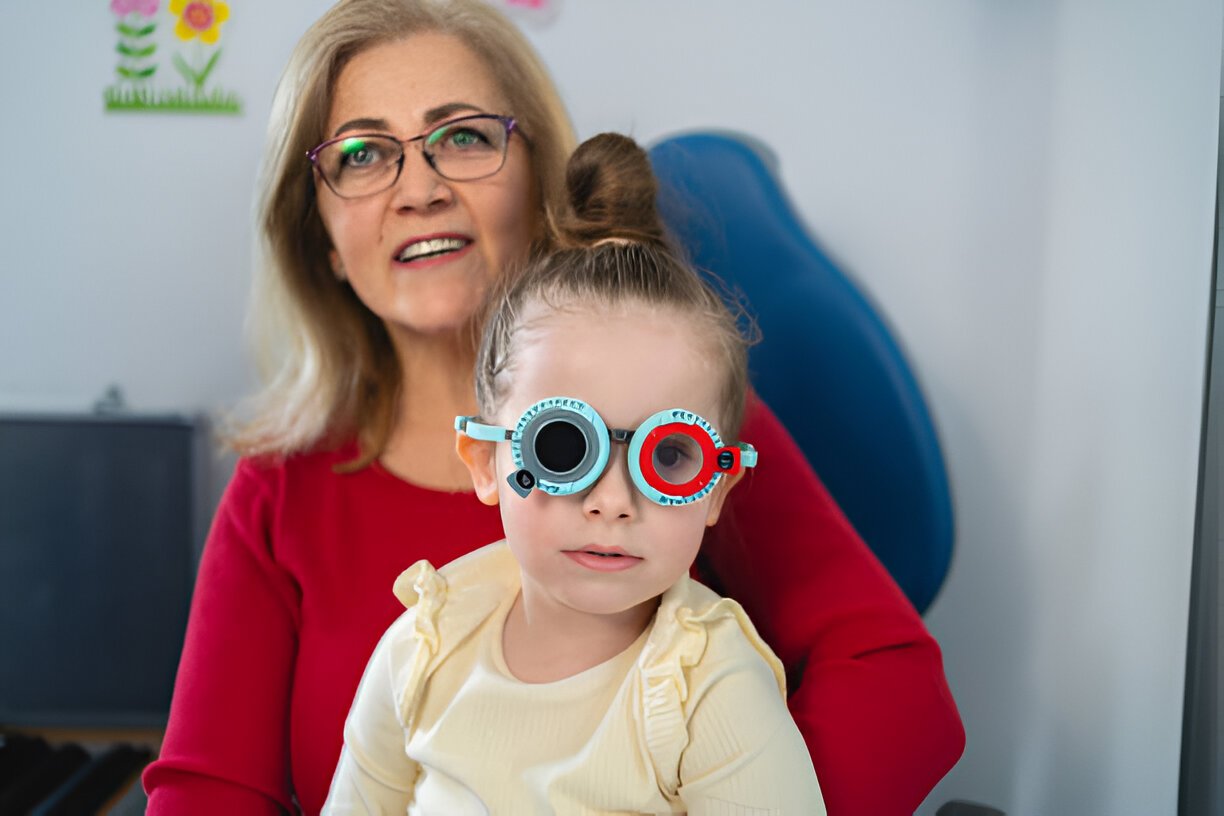Myopia, also known as nearsightedness, is becoming more common worldwide. In Singapore, the rise in myopia cases is a growing concern. Many children develop myopia at a young age, and without proper management, their vision can worsen over time. Myopia control management aims to slow this progression and reduce the risk of serious eye conditions later in life.
This guide explains what myopia is, why it is increasing, and how different management options work.
Understanding Myopia
Myopia occurs when the eye grows too long or the cornea curves too steeply. Light focuses in front of the retina instead of directly on it, making distant objects appear blurry.
The condition can range from mild to severe. Higher levels of myopia increase the risk of complications such as retinal detachment, glaucoma, and cataracts.
Why Myopia Is Common in Singapore
Singapore has one of the highest rates of myopia in the world. Several factors contribute to this trend:
- High academic demands – Long hours of reading and screen use may strain the eyes.
- Limited outdoor time – Children spend less time outdoors, reducing natural light exposure that supports healthy eye growth.
- Genetics – If one or both parents have myopia, the risk increases for their children.
These factors make early detection and management essential.
Signs and Symptoms of Myopia
Myopia can develop slowly or quickly. Common signs include:
- Squinting to see distant objects
- Complaints about blurry vision
- Frequent headaches
- Difficulty seeing the board in class
- Sitting too close to screens or books
Regular eye exams are important because children may not notice or report these changes.
The Goal of Myopia Control Management
Myopia control management does not cure myopia. Instead, it aims to slow its progression. By managing myopia early, the risk of developing high myopia and related eye problems later in life can be reduced.
Management strategies target the growth of the eyeball and the way light enters the eye.
Common Myopia Control Methods in Singapore
Singapore offers several scientifically supported methods to manage myopia. Eye care professionals recommend a plan based on a child’s age, lifestyle, and myopia level.
1. Orthokeratology (Ortho-K) Lenses
These are specially designed rigid contact lenses worn overnight. They temporarily reshape the cornea, allowing clear vision during the day without glasses. Ortho-K lenses also help slow down myopia progression.
2. Special Myopia Control Glasses
These glasses use lens designs that change how light focuses on the retina. This can help reduce eye growth linked to myopia progression.
3. Soft Multifocal Contact Lenses
These daily-wear contact lenses have different zones for near and distance vision. The lens design helps control the way light is focused in the eye, which can slow progression.
4. Low-Dose Atropine Eye Drops
Atropine, in very low concentrations, can reduce the rate of myopia progression in children. It is usually prescribed for nightly use under supervision.
5. Increased Outdoor Time
Spending more time outdoors, especially during daylight hours, can help delay the onset of myopia. Natural light exposure supports healthy eye growth.
The Role of Lifestyle in Myopia Control
Lifestyle habits play an important role in managing myopia. Even with medical interventions, eye care professionals recommend these practices:
- Take regular breaks from near work using the 20-20-20 rule: every 20 minutes, look at something 20 feet away for 20 seconds.
- Encourage daily outdoor activities such as walking, cycling, or sports.
- Maintain proper lighting when reading or using devices.
- Keep reading material or screens at least 30–40 cm from the eyes.
The Importance of Early Detection
Myopia often starts during school years and progresses as the eyes grow. The earlier management begins, the better the long-term results.
In Singapore, routine vision screenings are available in schools, but comprehensive eye exams by optometrists or ophthalmologists provide more accurate assessments. These exams include measuring eye length, which is a key indicator of myopia progression.
Risks of High Myopia
High myopia significantly increases the chance of eye health problems later in life. These risks include:
- Retinal detachment – The retina can tear or detach due to the eye’s elongated shape.
- Glaucoma – Increased eye pressure can damage the optic nerve.
- Cataracts – Clouding of the eye’s natural lens can occur earlier in people with high myopia.
- Myopic maculopathy – Degenerative changes in the central retina that can cause permanent vision loss.
Preventing myopia from reaching high levels is the key goal of management strategies.
Myopia Control for Adults
Although most myopia control programs focus on children, adults can also benefit from certain approaches. While the rate of progression is slower, methods like Ortho-K lenses and lifestyle adjustments can still help maintain vision quality.
Myopia Control and Public Awareness in Singapore
Public health initiatives in Singapore promote eye health awareness. Campaigns encourage parents to take their children for regular check-ups and adopt healthy habits early. Use of sunglasses in sunshine is also important in maintaining eye health.
Eye care professionals also play a role by educating families about the options available for myopia management and tailoring solutions to individual needs.
Final Thoughts
Myopia control management is an important part of maintaining eye health in Singapore’s population. With high rates of myopia among children, taking action early can make a big difference.
Through a combination of medical treatments, lifestyle changes, and regular monitoring, the progression of myopia can be slowed. This reduces the risk of serious eye diseases later in life and helps preserve good vision for the future.
